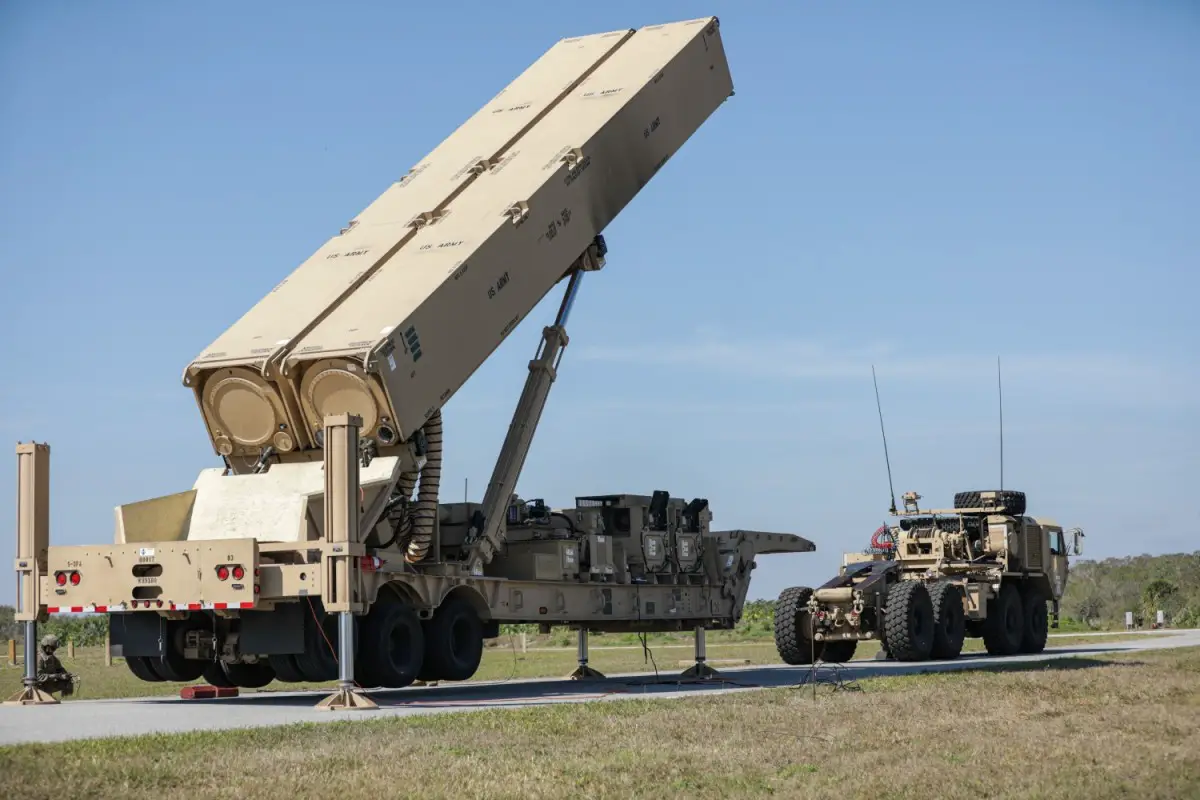The U.S. Army 1st Multi-Domain Task Force (1st MDTF) long-range fires battalion, 5th Battalion, 3rd Field Artillery Regiment (5-3 LRFB), deployed the Long-Range Hypersonic Weapon (LRHW) system over 3,100 miles from Joint Base Lewis-McChord, Washington to Cape Canaveral, Florida during Thunderbolt Strike, a full rehearsal of expeditionary hypersonic launch capabilities. The deployment exercised critical command and control linkages between U.S. Indo-Pacific Command, U.S. Strategic Command, U.S. Army Pacific, Army Rapid Capabilities and Critical Technologies Office (RCCTO), and 1st MDTF.
“Our Soldiers processed real missions, with real data, in real time, to produce real effects to learn lessons and generate readiness. We’re training the way we will fight, and our Soldiers are ready to deploy and employ this critical capability forward. Thunderbolt Strike proved the power of interagency cooperation to build the multi-domain force of the future. The second half of the Army’s year of long-range precision fires will continue to represent groundbreaking strides toward integrated deterrence in the Pacific,” said Brig. Gen. Bernard Harrington, the 1st MDTF commander.

Soldiers of the 5-3 LRFB conducted training and practice drills with the LRHW system in Cape Canaveral. Thunderbolt Strike marks a new milestone between the 1st MDTF, RCCTO, industry, and numerous Army partners that generated immediate feedback from stakeholders on the complex system. 1st MDTF’s rapid progress in building the technical and procedural capacity to integrate the LRHW system’s capabilities into the Defense Department’s Joint Force. This unit is fully trained and has proven that they can be deployed away from home station and go right into whatever mission they’re given.
The Long-Range Hypersonic weapon (LRHW) is a medium-range surface-to-surface hypersonic weapon planned for use by the United States Army. The United States Navy intends to procure a ship/submarine-launched variant of the missile as part of the service’s Intermediate-Range Conventional Prompt Strike (IRCPS) program. The weapon consists of a large rocket booster that carries the unpowered Common-Hypersonic Glide Body (C-HGB) in a nose cone. Once the booster reaches significant altitude and speed, it releases the C-HGB, which glides at hypersonic speeds as it descends towards its target. The missile is planned to enter service with the U.S. Army in 2023.
















